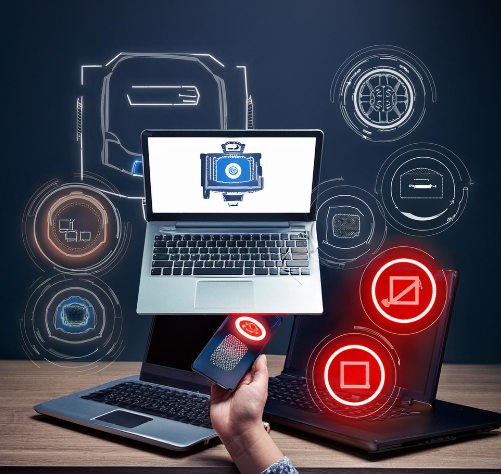Although the troubleshooting for the "No Bootable Device Found" error might be slightly different for each of the different models with which you have your laptops, here is a general approach you can follow for most of them.

### 1. **Check Boot Order in BIOS/UEFI**
- Reboot your laptop, and boot into BIOS/UEFI setup; this usually comes up when F2, F10, ESC, or DEL is pressed immediately upon power up.
- Look for the "Boot" tab and find out the boot order. Make sure your hard drive or SSD is selected as the first boot device.
- Save changes and exit.
### 2. **Inspect Physical Connections**
- If you feel comfortable, open up the laptop and take a look at the connections to the hard drive or SSD. Make sure it is properly seated.
- Check for loose cables or any potential damage.
### 3. **Run Hardware Diagnostics **
- Most laptops have some form of built-in diagnostics. This can usually be accessed with a particular key, such as F12 or ESC, at boot-up; it will give one entry into the diagnostics menu.
- Run a full system test to see if it points out hardware issues, specifically problems with the hard drive.
### 4. **External Devices **
- Shut the laptop off and unplug the power, then disconnect any USB drives, external hard drives, or peripherals. Sometimes the laptop tries to boot off of these instead of the internal drive.
### 5. **Try Safe Mode**
- If you can reach boot options, try booting into Safe Mode. This may allow diagnosing and fixing software issues.
### 6. **Repair the Boot Sector
- If you have a Windows installation USB or recovery drive, then you need to:
- Boot from it and select "Repair your computer."
- Then go to "Troubleshoot" · "Advanced options" · "Command Prompt."
- Follow with running the following commands one after another in turn:
```
bootrec /fixmbr
bootrec /fixboot
bootrec /scanos
bootrec /rebuildbcd
```
### 7. **Check for Corrupt Files**
- If you can get into an Recovery environment, check files for corruption by using tools such as the System File Checker:
- On Command Prompt, use: `sfc /scannow`
### 8. **Re-install OS**
- If the above steps don't work, you might have to consider reinstalling the operating system. If possible, back up any crucial data first.
### 9. **Turn to Professional Intervention**
- If the problem persists beyond your capacity for solution, this is perhaps the right time to contact a professional technician, especially if this is a hardware issue.
### Additional Tips:
- Keep your BIOS/UEFI updated.
- Make sure your hard drive is operational; you may want to consider replacing it if it fails.
Let me know if further information about any of these steps is needed!




